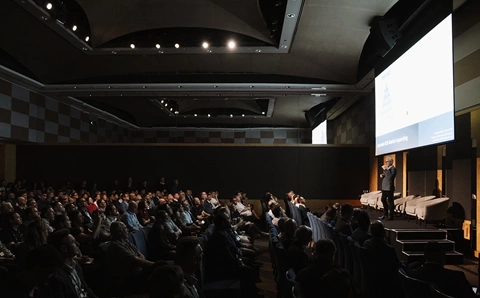On the one hand, the Q2010 is an ideal portable. First and foremost, it's a mere 1Kg and the super-skinny 19.9mm design drew several admiring comments from work colleagues who noticed it sitting on my desk. The 12.1inch screen and keyboard are just the right size, and there's also onboard 3G wireless (though like the Air, there's no built-in DVD drive).
On the other hand, there's the price: $3,899. A couple of years ago, paying this much for a subnote was standard practice, but you'd be forgiven for having second thoughts when there's Apple's 13.3inch Macbook Pro for $1,499, or the even tinier EeePC for $499.
Sure, the EeePC is drastically underpowered compared to more expensive notebooks like the Fujitsu, and there's only 4GB of storage. But do the added specs add up to a drastically different experience?
For the week I had the Q2010, I used it to surf the Web, login and work remotely, work on spreadsheets and type documents - nothing I couldn't have done on the Eee.
And despite the fact that the Fujitsu was at least $2,000 more expensive than the Eee, it still suffered the same problems as cheaper laptops - specifically, performance and battery life. The Q2010 was slow to startup, and while it coped adequately with Vista, it wasn't particularly responsive. Without the extended battery I carried with me, I would have run out of power a few times.
Let's be clear: the Fujitsu is a fine machine, and it can run plenty of Windows apps that the EeePC can't. But the annoying truth is that for all the pizzazz - like 3G wireless, TPM chip, bigger hard drives, and classy screens - the big drawbacks still apply to expensive portables.
Which leads me to Intel's just announced Centrino 2 platform, with goodies like WiMax, lower power usage and better graphics. This all sounds great, but are the bigger problems of battery life and performance really being solved?
For the moment, features like big hard drives and bigger screens mean that most people will still happily shell out for Centrino machines. But with a bigger, higher resolution screen on the way for the EeePC, and other players like MSI getting in on the ultraportable game with Intel's new Atom chip, the new class of Linux laptops looks like getting more and more attractive.
William Maher is PC Authority's Online Editor. His current tech wishlist includes wireless broadband, an ultraportable notebook under 1.5Kg, and a 3G phone that doesn't require firmware upgrades to stop it crashing.
PCA Blog: Centrino 2 looks great, but then there's Eee
By
William Maher
on Mar 11, 2008 2:21PM
Got a news tip for our journalists? Share it with us anonymously here.
Partner Content
_(11).jpg&h=142&w=230&c=1&s=1)
The Compliance Dilemma for Technology Partners: Risk, Revenue, and Reputation

Promoted Content
From Insight to Opportunity: How SMB Service Demand is Shaping the Next Growth Wave for Partners

Tech Data: Driving partner success in a digital-first economy

Tech Buying Budgets for SMBs on the Rise

Channel faces AI-fuelled risk as partners lag on data resilience, Dicker Data summit told






.jpg&w=100&c=1&s=0)
_(8).jpg&w=100&c=1&s=0)









